The Rock Hill Record reported on Feb. 11, 1907, quoted the Yorkville Enquirer – “That the firm of Hill, Kennedy and Co., of Sharon is involved in a disagreement among the partners and the courts will be forced to sort out their troubles. This is one of the largest mercantile establishments in the county with assets of over $100,000.”
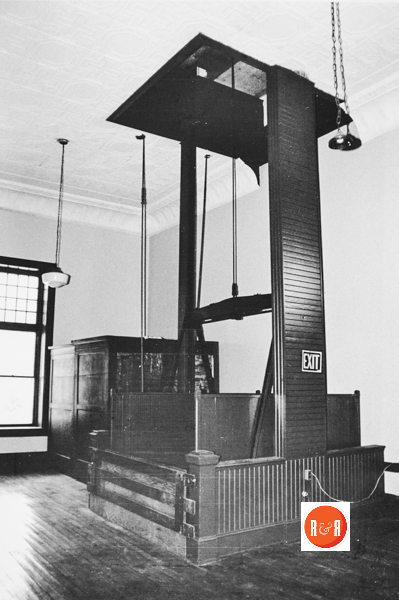
Interior images courtesy of the SC Dept. of Archives and History
The rise of William L. Hill from the owner of a small crossroads store in a dark corner of York County to Sharon’s foremost merchant is locally 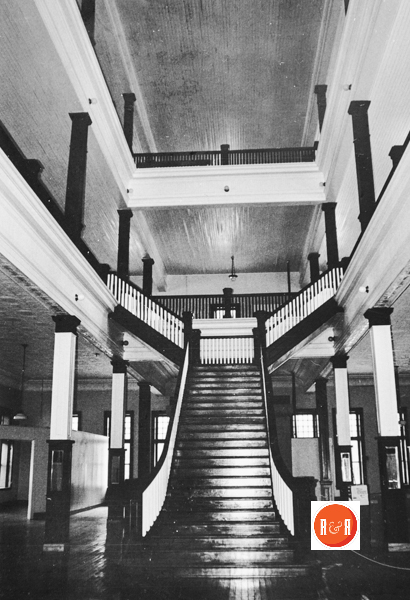 legendary and is the stuff that entrepreneurs are made of. The story goes that in 1889 (just before the town of Sharon was chartered by the South Carolina General Assembly) Hill loaded his stock into a one-horse wagon and headed toward the embryonic town ten miles away. The account of his abandoning his grandfather Minter’s store in Sandersville is enhanced by the report that he had to walk along side the wagon because the horse was barely able to pull the load. Through arrangements made with the town’s father, John L. Rainey, Hill began his business in a newly constructed wooden building. Within a year, Hill formed a partnership with brothers Christopher and Porter Kennedy and purchased the mercantile business of Lowry, Starr & Ross and constructed a store at the corner of Shannon and York Street. After the Hill-Kennedy partnership dissolved about 1908, the Kennedy’s opened a store in the newly developed business section of the town. Hill, with high-rise aspirations began making plans that would eventually make him one of the area’s leading merchants and earn him the title “Dean of Merchants.”
legendary and is the stuff that entrepreneurs are made of. The story goes that in 1889 (just before the town of Sharon was chartered by the South Carolina General Assembly) Hill loaded his stock into a one-horse wagon and headed toward the embryonic town ten miles away. The account of his abandoning his grandfather Minter’s store in Sandersville is enhanced by the report that he had to walk along side the wagon because the horse was barely able to pull the load. Through arrangements made with the town’s father, John L. Rainey, Hill began his business in a newly constructed wooden building. Within a year, Hill formed a partnership with brothers Christopher and Porter Kennedy and purchased the mercantile business of Lowry, Starr & Ross and constructed a store at the corner of Shannon and York Street. After the Hill-Kennedy partnership dissolved about 1908, the Kennedy’s opened a store in the newly developed business section of the town. Hill, with high-rise aspirations began making plans that would eventually make him one of the area’s leading merchants and earn him the title “Dean of Merchants.”
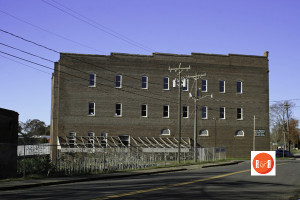
Images courtesy of photographer Bill Segars – 2015
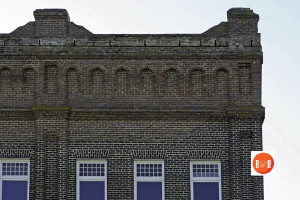
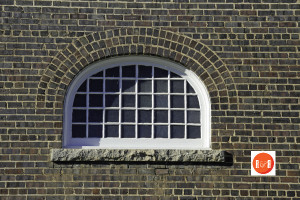
In the fall of 1913 Hill moved his business across the street into a three-storied, brick building that has remained the landmark for the town of Sharon. The building boasted clear maple flooring, a decorative tin ceiling and a grand staircase leading to the second floor balcony. The celebrated reports of Hill’s effects on the local economy are the LARGE part of the story; but few know the SMALL of it. Although Mr. Hill, Sr. had little time for involvement in the town government, his son, Bill, threw his hat into the political area and was elected Mayor in 1934. William L. “Bill” Hill, the son of the Dean of Merchants, was elected Mayor of the town of Sharon in 1934 and continued to serve in that capacity until 1941. While his father continued as the head of the Hill and Company Mercantile, Bill was managing two other family businesses in Sharon-the Ford dealership and Hill’s Amoco Service Station. As enterprising as his father, Bill found a way to expand his sales of gasoline.
Some time in the late 1930s, Joe Saye Russell of Blairsville and Bill became friends. Russell, who had some experience running a small community store in the Blairsville community, suggested that Hill build a small store south of town and allow him to rent the building and run a business out of there. Both agreed and about 1939 Hill constructed a 12 by 20 building with a roof peak of no more than 12 feet high on the old Youngblood place near the home of John Blair and Rob Mitchell. The front door (the only door) was centered and flanked on either side with two six-over-six solid shuttered windows. The building would best be termed as a “pantry store,” which was typical of many built in the area. These stores were not designed to provide the large quantities of staples needed by farm families or, a wide variety of merchandise. Their stock would perhaps remind us of merchandise carried by a present day convenience store-a few canned goods, candy, cigarettes, tobacco, crackers, cheese, soft drinks, oil, gasoline and kerosene. An underground tank for gasoline and a pump for gas service were installed and Russell and Hill agreed that he would buy gasoline from the Hill Company and that rent would be fixed at 1 cent a gallon as rent of the building. As it was said, Russell had some knowledge (though little success) in
running a small store since at the age of 16 he was given the management of a local store previously run by his mother, Barbara Chambers Russell. That store, which was somewhat larger than the one built by Bill Hill, was located in front of the Russell home about three-quarters of a mile from the Hill store. The location for the Russell-Hill enterprise was desirable. Just 100 yards or so from the site a large gin and sawmill was in operation using a number of laborers. Large cotton fields, homes of farmers and many tenant farmers surrounded the area with large families.
The Yorkville Enquirer reported on Feb. 8, 1893 – “Mr. O. W. Sadler, who has charge of the Iron City Hotel, has returned to his farm near Blairsville. Mr. R. P. Dempsy has moved into the hotel and will manage it.”
The Rock Hill Record reported on Jan. 28, 1909 – “Mr. W.L. Hill has had between 600,000 and 700,000 bricks made and is believed to be planning a large building.”
Although there were a number of other small, one room stores in the area, the local cotton based economy with its large white and black families could easily support the Russell-Hill business. The business however, only lasted for about a year, until Russell married and moved to Sharon. There he operated a service station at the present site of the Sharon Grill. The next few years saw a number of young men stepping in to run the business-Wayne Sherer, Jack Blair and Oscar Sadler-all renting the building for the 1-cent gallon agreement. Sadler recalls that his predecessor, Jack Blair, left the business in 1942 when he was being needed by his father to help with the family’s large farm. Oscar stepped in at that time and rented the little store. For some time Oscar had been working after
school for the “Old Man” at the big store in Sharon. When the 1-cent a gallon agreement was made, sixteen-year-old Oscar went into business hoping to make a little spending money. When a Pepsi Cola representative came along with an advertisement deal, the youthful owner got the building painted free. A sign came along with the deal and when the rep asked Oscar the name of his business, he was told, “Curb Service Station.” As a brilliant marketing tool to draw business, Sadler installed a pinball machine and a nickelodeon to provide music and entertainment. The livelihood of the country store depended almost entirely on the tenant farming labor force. Sadler began to figure how to attract attention and pull in more business. He decided to use his best tool available and make the store “sound” like a good place to be. He flung wide the door and windows and turned up the nickelodeon as loud as possible. “Deep in the Heart of Texas,” a popular tune at the time, filled the hot air over the cotton fields. This scheme, however, was not without its drawbacks. After a few days of “Deep in the Heart of Texas” John Blair, one of the area’s large farmers came storming in and demanded that he turn off that music–that his field hands had quit their work and were dancing in the cotton fields. Reuben Inman and his wife Doris were the last to operate the Curb Service Station. They opened the business in January 1954 and continued for about a year. The Pepsi Cola Company provided a business sign-this time it read, “Inman’s Grocery.” In addition to the usual stock, the Inman store also provided ice cream and some meat to the public. By the mid-1950s, times had changed. Cotton production was decreasing and much of the black labor force, which patronized these small businesses, was moving away. Also, transportation was more convenient for most of the population who passed by the pantry stores on their way to the larger stores in the surrounding communities.
J.L. West – Author
This article and many others found on the pages of Roots and Recall, were written by author J.L. West, for the YC Magazine and have been reprinted on R&R, with full permission – not for distribution or reprint!
The Rock Hill Record reported on March 23, 1908 – “That plans are underway for a large brick store to house Hill Banking and Mercantile Company. Mr. W.L. Hill is the principal and owner. He has awarded a contract for 1,000,00 brick to erect a three story building. It will be 70-100 ft., and will house a mercantile business, a banking business and a cotton warehouse.”
Stay Connected
Explore history, houses, and stories across S.C. Your membership provides you with updates on regional topics, information on historic research, preservation, and monthly feature articles. But remember R&R wants to hear from you and assist in preserving your own family genealogy and memorabilia.
Visit the Southern Queries – Forum to receive assistance in answering questions, discuss genealogy, and enjoy exploring preservation topics with other members. Also listed are several history and genealogical researchers for hire.
User comments welcome — post at the bottom of this page.
Please enjoy this structure and all those listed in Roots and Recall. But remember each is private property. So view them from a distance or from a public area such as the sidewalk or public road.
Do you have information to share and preserve? Family, school, church, or other older photos and stories are welcome. Send them digitally through the “Share Your Story” link, so they too might be posted on Roots and Recall.
Thanks!
User comments always welcome - please post at the bottom of this page.
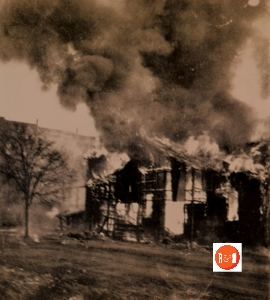
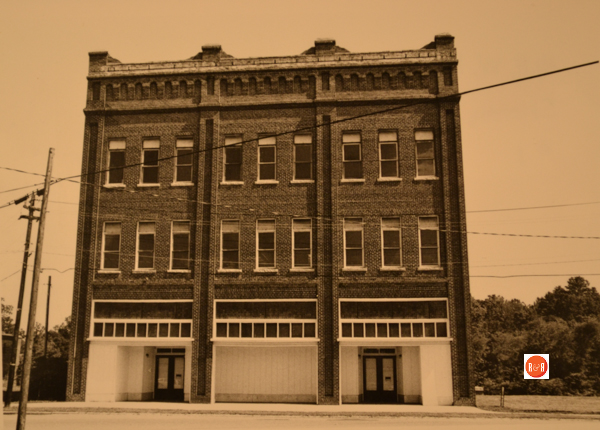
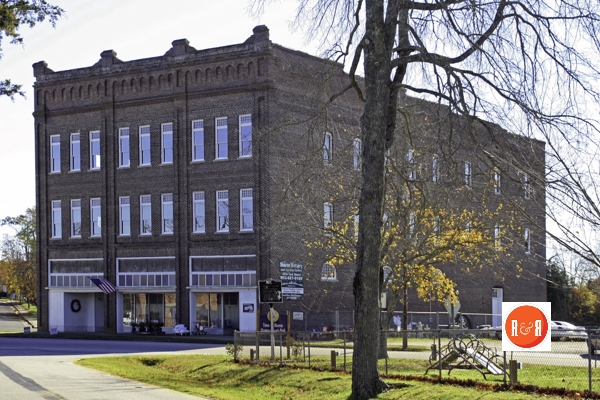
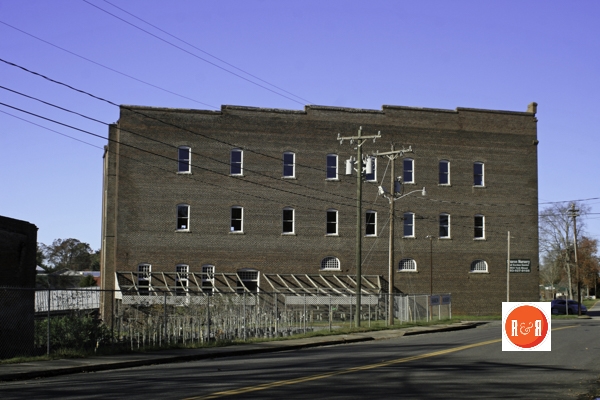




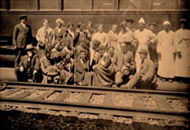
Share Your Comments & Feedback: